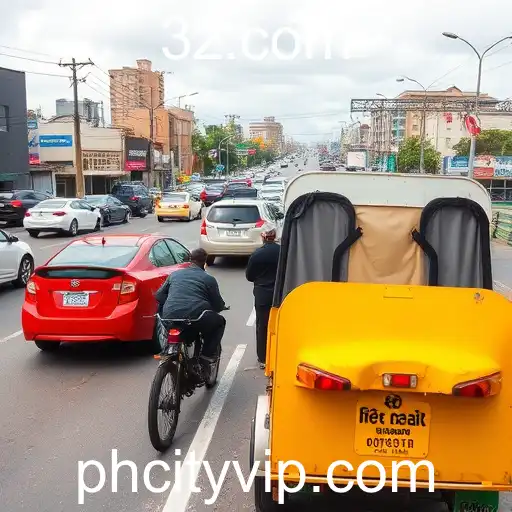
Port Harcourt, often referred to by locals as 'phcity', is undergoing a significant transformation fueled by rapid urban development. As the metropolitan hub in Nigeria's oil-rich Rivers State, its economic vitality is attracting people from various parts of the country, leading to a population surge that presents both opportunities and challenges.
The growth spurt in Port Harcourt is largely driven by the booming real estate market and infrastructure improvements designed to support both the influx of residents and international businesses. Over the past few years, new residential and commercial development projects have emerged, reshaping the city's skyline and marks of progress. These changes are partly due to strategic efforts by local government and international investors aimed at making Port Harcourt a focal point for economic activities in the region.
However, this development also brings pressing environmental concerns. The urban expansion has resulted in the encroachment on wetlands and green spaces, crucial for maintaining ecological balance. Air and water pollution levels have soared, exacerbated by industrial emissions and inadequate waste management practices. The residents of Port Harcourt have frequently expressed concerns over the infamous 'black soot', which blankets the city and poses health risks.
Community activists and environmentalists have been calling for sustainable urban planning solutions to mitigate these negative impacts. They stress the importance of adopting eco-friendly policies and investing in green technologies to ensure that urban development does not come at the cost of environmental degradation. Port Harcourt's government faces the dual challenge of fostering economic growth while safeguarding the environment, a balancing act crucial for the city's long-term health and prosperity.
As authorities and stakeholders continue to navigate these complex dynamics, the future of Port Harcourt hangs in the balance. It is imperative that any development initiative going forward integrates sustainable practices to support both the growing urban landscape and the environmental legacy for future generations.


